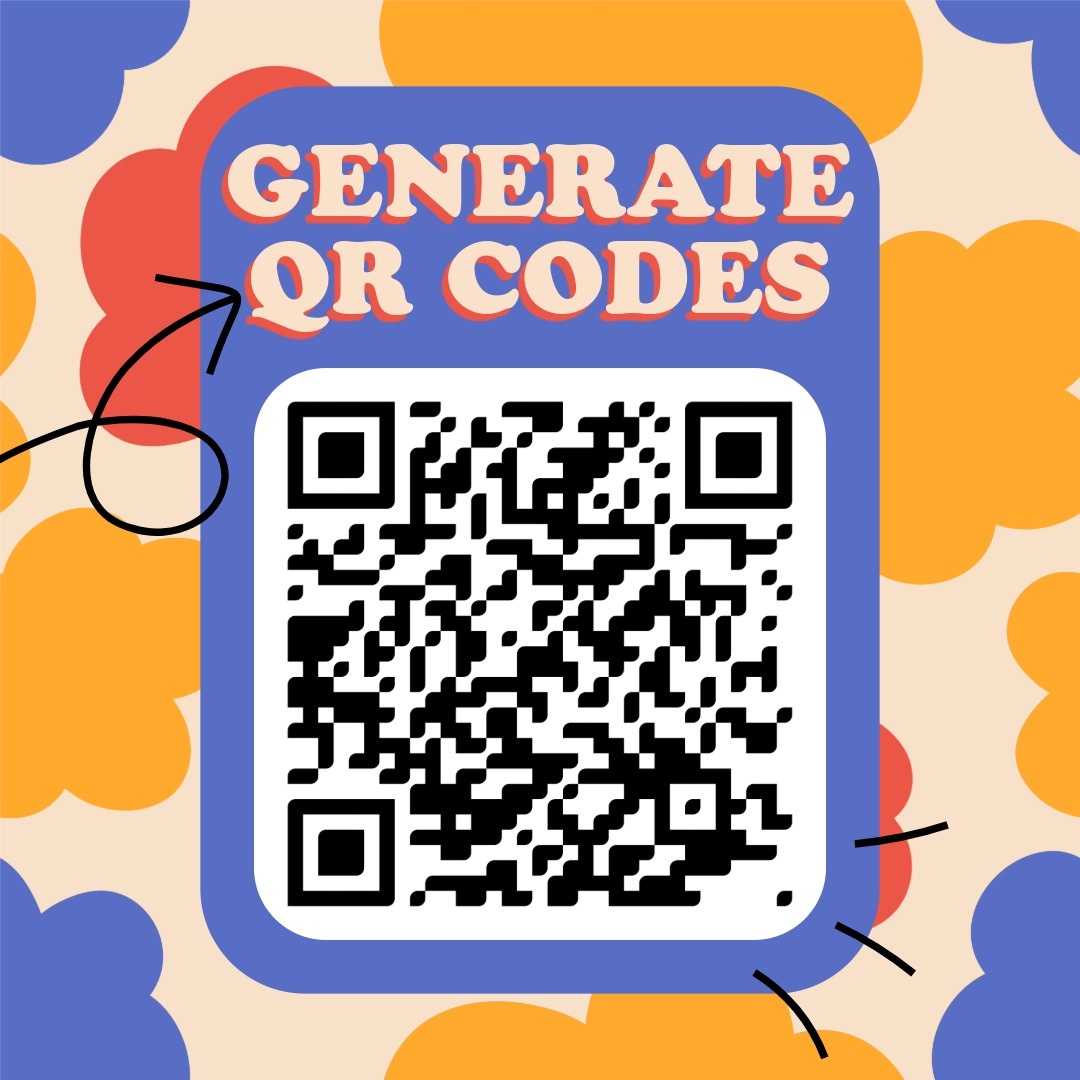Union of Relations
The union of two relations means combining all ordered pairs from the relations. The result is a new relation that contains every connection that is in at least one of the relations.
Formal Definition
In the union, we simply 'add' the relations: any connection that appeared in either is in the new relation.
Examples of Union of Relations
Let A = {1,2,3}, R = { (1,2), (2,3) }, S = { (2,3), (3,1) }.
Then R ∪ S = { (1,2), (2,3), (3,1) }.
Properties
- The union always includes all pairs from both relations.
- The union is commutative: R ∪ S = S ∪ R.
- The union is associative: (R ∪ S) ∪ T = R ∪ (S ∪ T).
- The union generally does not preserve relation properties (e.g., the union of two partial orders may not remain a partial order).
Summary
The union of relations creates a new relation that combines all connections from the original relations. This is useful when we want to handle different connections together, for example in kinship or transportation networks.
Practice Exercise
We have reviewed and checked the materials, but errors may still occur. The content is provided for educational purposes only, so use it at your own responsibility and verify with other sources if needed.
✨ Ask Lara — your AI study partner
Unlock personalized learning support. Lara can explain lessons, summarize topics, and answer your study questions — available from the Go plan and above.
Lara helps you learn faster — exclusive to ReadyTools Go, Plus, and Max members.


